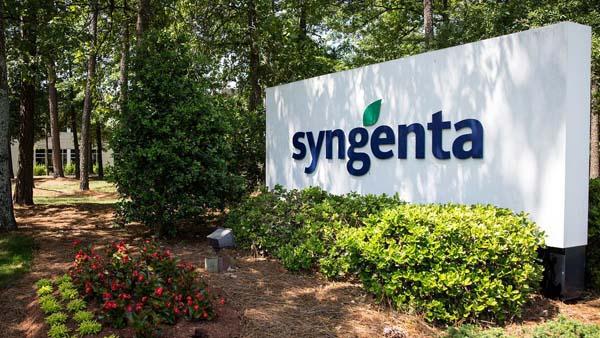
With the announcement of a potential takeover of Syngenta by ChemChina coming just days before this year's Golf Industry Show, it was a foregone conclusion that the news would be a topic of discussion on and off the trade show floor in San Diego.
TurfNet reported on Feb. 3 that the acquisition, if it indeed transpired at all, would have little noticeable effect for customers on Syngenta's day-to-day business, including supply chain operations.
Syngenta officials reiterated those claims during the show.
Once the deal is completed, which is expected to be by year's end, Syngenta will continue to operate as a business unit under the Syngenta name, with the same personnel, the same headquarters in Switzerland, the same business model and same stable of turf products.
"We are going to continue to innovate," said Stephanie Schwenke, Syngenta's turf market manager. "We now have a focus, and we are going to remain Syngenta."
The acquisition is being driven more by the agriculture market as Syngenta and China's state-owned chemical company, as well as their counterparts around the world, work to help feed a growing global population.
According to the U.S. Census Bureau and the World Population Clock, the world's population is about 7.3 billion. That number is expected to reach 8 billion by 2025, 9.2 billion by 2050 and 11 billion by 2100. An overwhelming percentage of that growth is to occur in developing countries in South America, Africa and Asia.
During that time, says the United Nations, about two dozen countries in Africa will more than double in population, India will overtake China as the world's largest country by population and Nigeria will supplant the United States as the planet's third most populous country.
The challenge for growers and agrochemical companies around the world is less about how to keep cool-season turf alive in summer and more about how to produce enough food to meet that demand.

